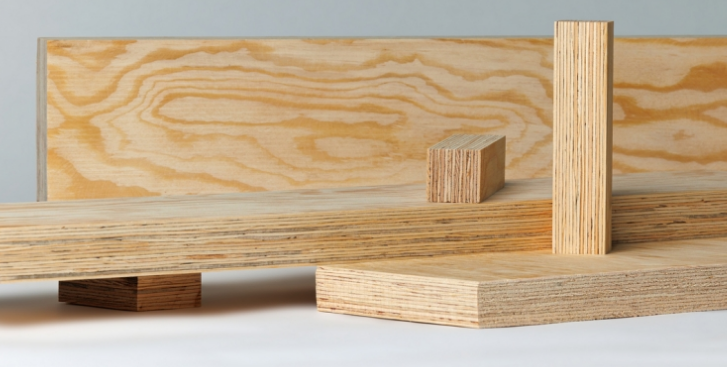
Is it possible that wind turbine towers, furniture, or even
apartment buildings will soon be built using wood? Laminated
Veneer Lumber (LVL) has been used in Lithuania for about a
decade, but with increasing sustainability demands, this
material is transforming from a niche technology into a real
alternative to steel and concrete. One company seeing the
potential of this material is VMG Lignum, which is developing
construction systems to promote the use of LVL in the building,
energy, and furniture sectors.
Sustainability has become the standard
LVL is a structural material made by layering and gluing wood
veneer. This process creates a strong and reliable product that,
while still seen as a novelty in Lithuania, is already changing
the game in construction, furniture production, and energy. In
Western countries, LVL has been used for more than 50 years, but
local markets still face lingering stereotypes.
"LVL has been used in Lithuania for over a decade, yet it’s
still seen as new. Meanwhile, globally, such materials have been
used since the 1960s. What’s changing now is the European
Union's green policy – sustainable, efficient materials are
becoming the norm," says Arnas Januska, Head of Sales at VMG
Lignum.
One of the biggest advantages of LVL, he explains, is wood usage
efficiency. More usable product can be obtained from the same
log compared to traditional sawn timber. In addition, the
material enables lighter yet stronger structures.
"LVL allows for elements up to 18 metres long, offering an
impressive strength-to-stability ratio. Unlike natural boards,
which may have knots or weak spots, each LVL component is
calculated precisely and uniform throughout its length," he
notes.
Januska adds that LVL is also valued for its predictable
fire-resistance properties. Although many still assume wood is
less safe than metal, studies show the opposite: metal loses
strength quickly at high temperatures, while LVL burns slowly
and maintains load-bearing capacity far longer.
From furniture to wind turbines
LVL is now a universal material, entering new markets. A
striking example is wind turbine towers, traditionally made from
concrete or steel. Due to high CO₂ emissions and complex
transport, more European manufacturers are turning to
alternatives – including wood.
"Towers made from LVL are an ecologically revolutionary solution
– lighter, easier to transport, and quicker to assemble. They
can be as durable as metal towers but have a significantly lower
environmental impact," Januska explains.
LVL is also ideal for prefabricated (panel and modular)
buildings, where high precision and factory-made components are
required. Thanks to its superior length, shape stability, and
strength, LVL ensures both quality and production speed –
critical in today’s construction projects.
"We use LVL not only in furniture and frame construction – it's
also used in concrete formwork, scaffolding, bridge structures,
even doors and staircases. It's one of the strongest, yet easily
workable materials that pairs well with other wood products,"
Januska adds.
He notes that even the largest and most experienced furniture
manufacturers are switching from sawn timber to engineered wood.
"One of our biggest clients plans to use LVL in about 80% of
sofa-bed frames. That’s a significant shift. It's estimated that
up to a third of all LVL production could soon go to the
furniture sector," he says.
What’s holding back progress?
Despite its technological potential, LVL’s expansion in
Lithuania is hindered by a few key factors. The first is a lack
of knowledge. While architects are keen to innovate, they often
encounter engineers without the necessary design and calculation
skills.
"In Lithuania, engineers are still mostly trained for steel and
concrete – wooden structures haven’t been thoroughly taught at
universities for decades. If we want efficient timber-based
design, education reform is needed, especially for young
professionals," Januska insists.
Another barrier is regulation. Though EU standards support the
wide use of LVL in both residential and public buildings,
Lithuanian institutions remain cautious, particularly regarding
fire safety requirements.
Sustainability regulations are also becoming stricter for
material producers. The new EU Deforestation Regulation (EUDR)
requires full traceability of timber – from harvest to
processing.
"This means more documentation and greater accountability. We're
already using lower-emission adhesives, investing in automation,
and implementing raw material traceability systems. These are
not costs – they’re investments in the future," he emphasises.
While Lithuania is still paving the way, Scandinavian countries
and the Netherlands demonstrate that LVL can become an industry
standard, not just a niche solution. Meanwhile, Lithuanian
manufacturers are eyeing markets like the US and Australia,
where wooden construction is common and sustainability standards
favour advanced materials.
Source:
baltictimes.com